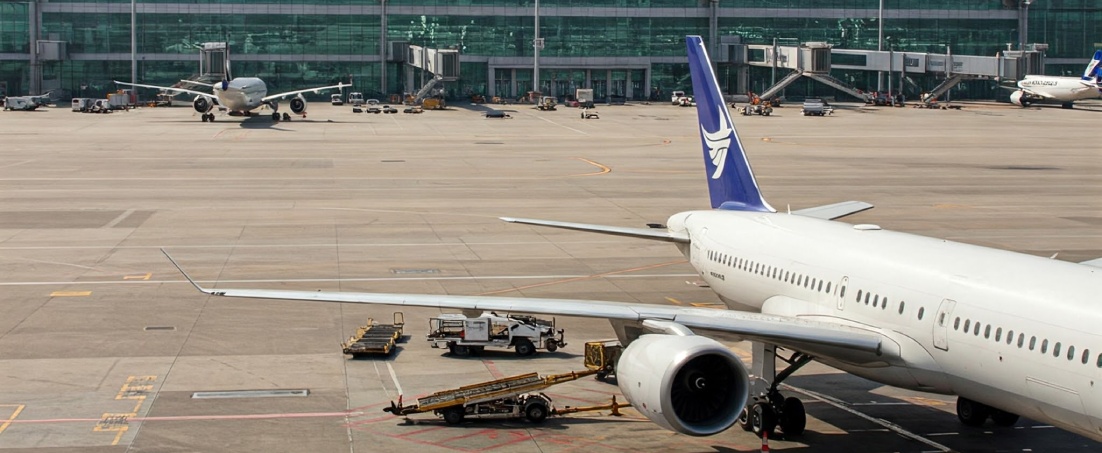The World’s Largest Airports (2025 Guide)

Air travel is now a vital piece of the global economy—offering the fastest and most reliable method for moving people and cargo across vast distances. With rising demand, airports have expanded not just in traffic but also in physical size.
But what defines the “largest” airport? Is it land area, passenger numbers, or terminal size? This blog explores all three, starting with the top 10 largest airports in the world by land area—each accompanied by key facts and context.
|
Rank |
Airport Name |
Location |
Size (sq km) |
|
1 |
King Fahd International Airport |
Dammam, Saudi Arabia |
776 |
|
2 |
Denver International Airport |
Denver, Colorado, USA |
135.7 |
|
3 |
Dallas/Fort Worth International |
Dallas, Texas, USA |
69.6 |
|
4 |
Orlando International Airport |
Orlando, Florida, USA |
69.6 |
|
5 |
Washington Dulles International |
Washington D.C., USA |
52.6 |
|
6 |
Beijing Daxing International |
Beijing, China |
47 |
|
7 |
George Bush Intercontinental |
Houston, Texas, USA |
44.5 |
|
8 |
Shanghai Pudong International |
Shanghai, China |
40 |
|
9 |
Cairo International Airport |
Cairo, Egypt |
37 |
|
10 |
Suvarnabhumi (Bangkok) Airport |
Bangkok, Thailand |
32.4 |
Size: 776 sq km
The largest airport in the world by land area—roughly the size of New York City. Despite its enormous footprint, it handles relatively low passenger traffic compared to its size.
Size: 135.7 sq km
The largest airport in North America and known for its futuristic terminal, public art, and efficiency. It ranks among the top 20 busiest airports globally.
Size: 69.6 sq km
Serving Texas’ two major cities, DFW is a massive hub for both domestic and international traffic. It’s among the top five busiest
airports in the world.
Size: 69.6 sq km
Formerly a military air base, MCO is now Florida’s busiest airport and a major entry point for global tourists visiting central Florida and theme parks.
Size: 52.6 sq km
Named after U.S. Secretary of State John Foster Dulles, IAD is a key East Coast international gateway.
Size: 47 sq km
Nicknamed “The Starfish” for its radial terminal layout, it features the largest terminal building in the world and is expected to be the world’s busiest airport by 2040.
Size: 44.5 sq km
Located 23 miles north of downtown Houston, IAH is a major hub for United Airlines and a key connector to Latin America.
Size: 40 sq km
A vital hub for both passenger and cargo traffic in Asia. PVG is one of the top three airports worldwide in cargo volume.
Size: 37 sq km
The largest and busiest airport in Egypt and North Africa, it’s a regional hub for air traffic connecting Europe, Africa, and the Middle East.
Size: 32.4 sq km
Thailand’s premier international airport and a major Southeast Asian hub since its opening in 2006.
From the massive deserts of Saudi Arabia to the tech-driven mega-hubs of China and the USA, the world’s largest airports are feats of modern engineering and logistics. But “large” doesn’t always mean “busiest”—some airports top the size charts while serving fewer passengers, while others thrive with compact footprints and nonstop flights.
No matter how you define it—size, traffic, or terminal capacity—these airports shape the future of global travel.